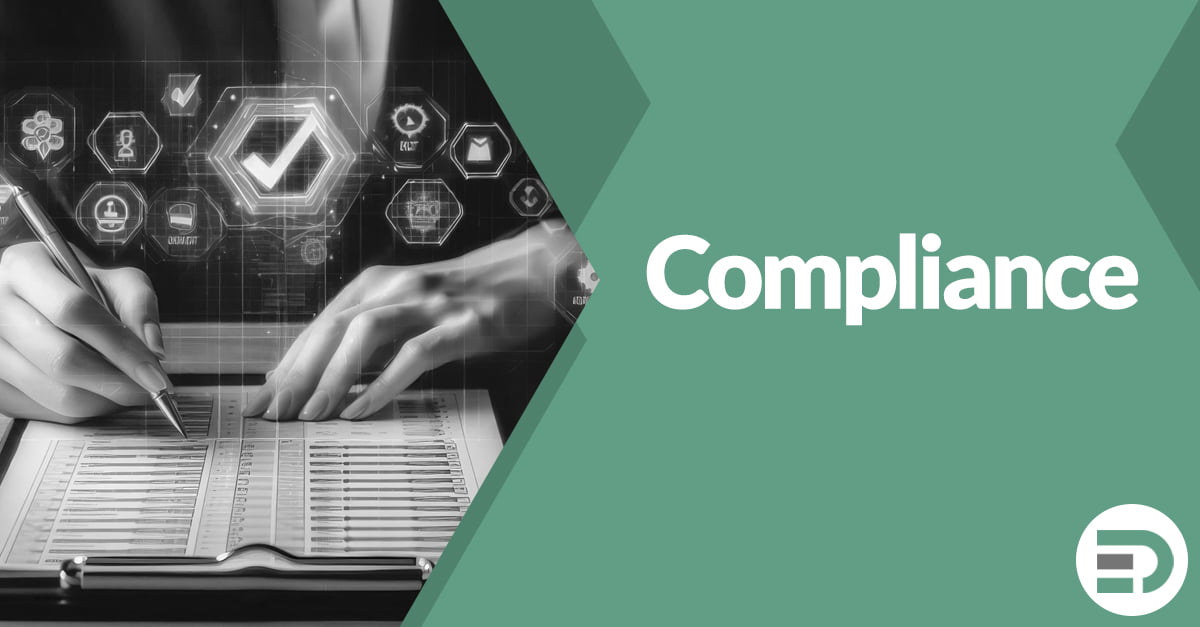Understanding Compliance: Frameworks, Strategies, Standards, and Regulations
In the complex landscape of cybersecurity and data privacy, organizations navigate through a myriad of compliance requirements. From frameworks and strategies to standards and regulations, each type of compliance requirement serves a distinct purpose and scope. This blog post explores the key differences between these compliance categories, alongside specific examples like the NIST Cybersecurity Framework (CSF), Essential 8, CIS Benchmarks, PCI DSS, ISO/IEC 27001, GDPR, HIPAA, and SOC 2.
Frameworks: Guiding Principles for Structure and Approach
A framework provides an overarching structure and methodology for addressing particular aspects of cybersecurity or data management. It is typically flexible, offering a set of best practices and guidelines rather than strict rules.
- NIST CSF: This framework helps businesses of all sizes better understand, manage, and reduce their cybersecurity risk and protect their networks and data. It does not prescribe specific technologies or practices but provides high-level cybersecurity outcomes and a methodology to assess and manage those outcomes based on existing standards, guidelines, and practices.
- SOC 2: Developed by the American Institute of CPAs (AICPA), SOC 2 is a voluntary compliance framework for managing customer data based on five trust service principles. It provides criteria for managing the security, availability, processing integrity, confidentiality, and privacy of customer data.
Strategies: Actionable Plans Aligned with Objectives
A strategy refers to a plan of action designed to achieve a long-term or overall aim. It is often more specific than a framework and focuses on achieving particular goals within a defined time frame.
- Essential 8: A strategy component of the Australian Cyber Security Centre (ACSC) that consists of a prioritized list of mitigation strategies to help organizations protect their systems against a range of adversaries. The Essential 8 is designed to be an actionable set of practices that organizations can implement based on their risk profile and threat environment.
Standards: Specific Requirements for Products, Services, and Systems
Standards provide a definitive set of criteria or practices that are widely accepted and implemented within an industry. Standards can help ensure that products, services, and systems are safe, reliable, and consistently perform as intended.
- CIS Benchmarks: These are specific technical guidelines for securing information systems and software that are widely used by enterprises to assess and improve their security posture.
- PCI DSS: The Payment Card Industry Data Security Standard is a set of security standards designed to ensure that all companies that accept, process, store, or transmit credit card information maintain a secure environment. It is mandatory for these businesses and is enforced by the major credit card companies.
- ISO/IEC 27001: This international standard specifies the requirements for establishing, implementing, maintaining, and continually improving an information security management system (ISMS) within the context of the organization’s overall business risks.
Regulations and Legislation: Binding Legal Requirements
Regulations are binding legislative acts that must be followed in the jurisdictions in which they apply. They are typically more prescriptive and legally enforceable compared to frameworks and standards.
- GDPR: The General Data Protection Regulation is a critical regulation that protects data privacy for individuals within the European Union (EU) and the European Economic Area (EEA). It imposes strict rules on those hosting and processing this data, anywhere in the world.
- HIPAA: The Health Insurance Portability and Accountability Act is a significant regulatory framework in the United States that protects sensitive patient health information from being disclosed without the patient’s consent or knowledge.
Comparing Compliance Categories
While frameworks offer guidance, they do not compel legal compliance but help organizations design their cybersecurity and privacy processes. Strategies provide actionable steps towards achieving specific cybersecurity postures. Standards, often developed by consensus in standards development organizations (SDOs), are regularly incorporated into products and services to ensure safety, reliability, and efficiency. Regulations and legislation, however, are legally binding and must be complied with to avoid legal repercussions.
Each organization must assess its specific needs, risk profile, and regulatory environment to determine the most applicable and beneficial compliance standards. Compliance is not just about avoiding fines but protecting the organization from breaches and losses while fostering trust with customers and partners.
For more insights into making the best technology partnership choices for your business, follow #ElementDigital on Linkedin or reach out: Contact Us








Leave A Comment